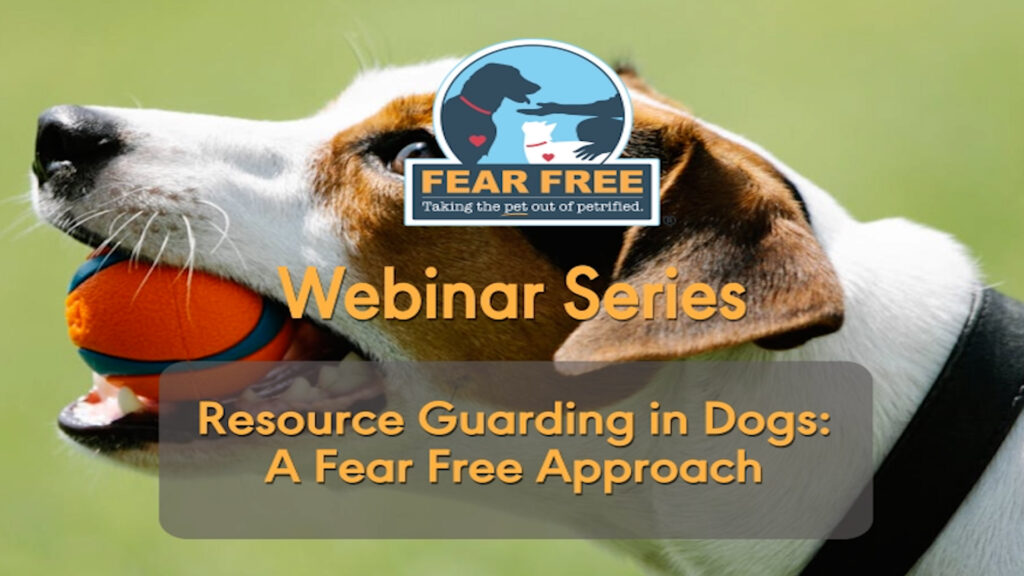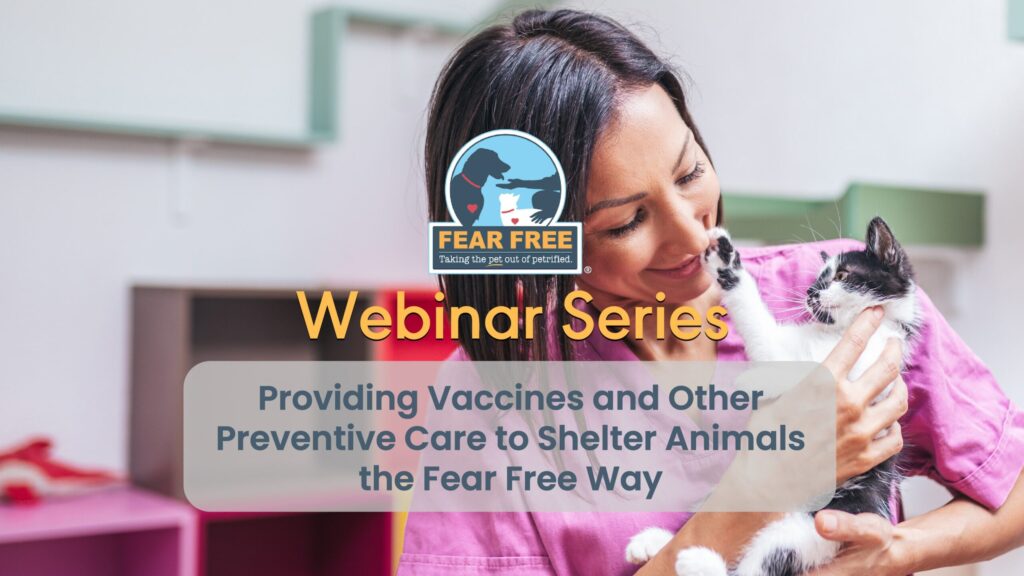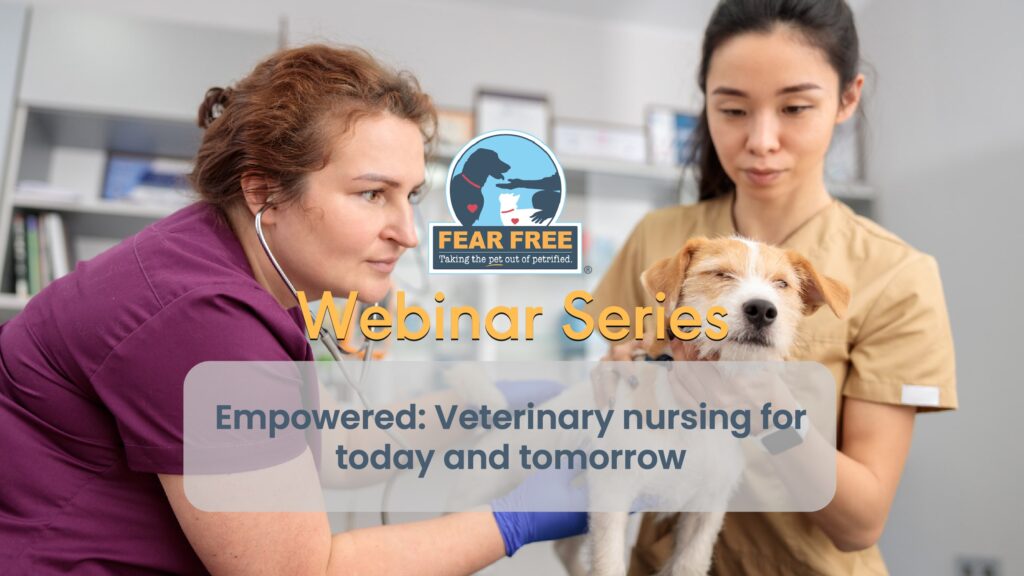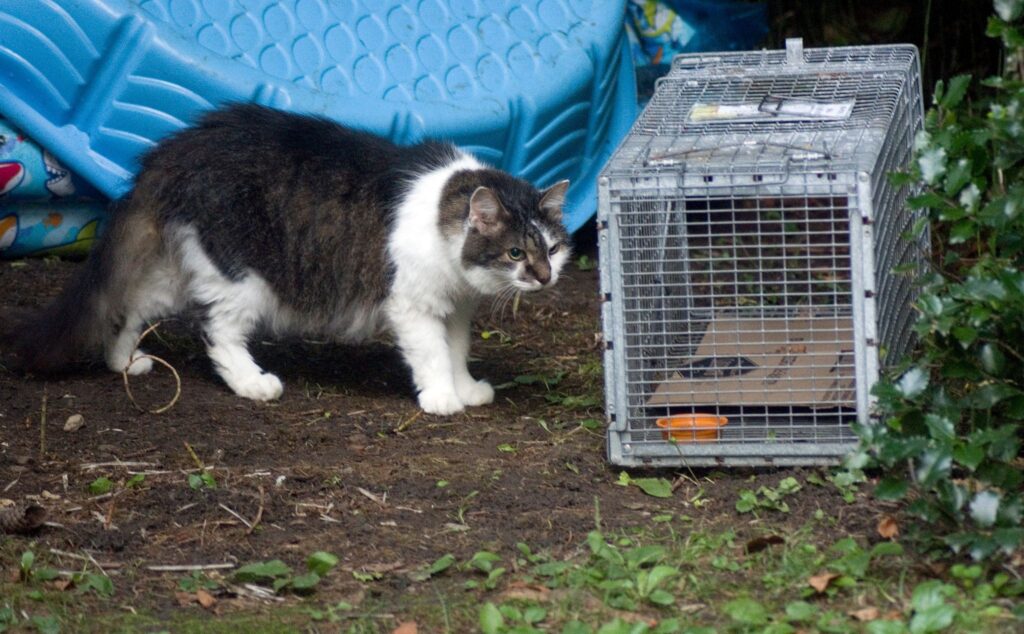Bernadette Kazmarski
We think of Fear Free techniques for handling pets in shelters, at veterinary visits, and in our homes. But some cats need to be brought to those places in a most stressful way—being caught in a humane trap. Fear Free techniques can help relieve stress even in these situations.
Most cats are trapped for TNR—neutering, vaccination, and return to a colony. Young kittens and somewhat friendly cats will often be kept for socialization and adoption. Lost cats often need to be trapped, as well as cats in hoarding and humane cases. All of those circumstances are already very stressful.
Being Trapped Violates a Cat’s Instincts
So if cats find boxes irresistible, why would walking into a wire box be frightening to them? Cats will seek and tuck themselves into small spaces for safety and as part of their predatory behavior to both inspect to find prey and hide to ambush prey. But a cat doesn’t want to be ambushed herself, and she needs to feel a sense of security about the space and see a safe exit in order to explore it.
Knowing that, we set up a wire tunnel with one way in and no way out and we expect a cat to walk into it? Yes, we do. They need to be handled, held overnight or longer, and sometimes treated while in a trap too. It’s an immense amount of anxiety and stress for any cat.
Fear Free for Community Cats
This is one area of cat handling where, knowingly or unknowingly, Fear Free techniques have long been used because following a cat’s cues and overcoming her anxiety is the only way to trap successfully.
“Working in TNR/community cat care, I think Fear Free is extremely important,” said Sterling “TrapKing” Davis, founder of TrapKing Humane. “The purpose is to prevent and alleviate fear/stress/anxiety in pets and for our community pets.”
No trapping happens without a plan and preparation for each step of the process, so the cat is treated humanely and experiences the least amount of stress: set the trap in a safe location, use high-value food as a bait, monitor the trap, and when the trap closes behind the cat cover the trap immediately to calm her and eliminate visual stimulation. Then, at each move minding the cat’s comfort and security, carry the trap and transport to wherever the cat needs to go for the necessary services and care.
“It’s things like making sure you have newspapers/pee pads in the trap beforehand. Making sure to cover the traps to calm the kitty and during transports, having a decent temperature and keeping vehicle windows rolled up as wind noise can be really scary, especially with everything going on,” Davis says. “TNR kitties will be a little confused/stressed until you return them back to their colony so Fear Free and understanding it can be extremely helpful.”
Familiarity in the Midst of Chaos
Though there are protocols for trapping, a cat rarely walks into the trap on the first attempt. All cats react to a change in routine with some amount of distrust, and you’re about to put a big change in their routine. Plan the process around familiar elements and adjust as necessary. Here are two examples from my own experiences.
Adding something new to any cat’s environment can create stress. If a cat seems particularly fearful, I’ll often start by conditioning her to the trap: set up the trap, sanitized and sprayed with pheromones, secured open so it can’t accidentally shut, and the cat can walk in and out, rubbing her scent on it. Feed her in the open trap until she seems comfortable, and when ready set the trap so it shuts when she confidently walks in for breakfast.
If the cat has a regular caretaker, they can participate to keep the cat’s routine as familiar as possible. In trapping a colony of 10, I made the plans, set the traps, then left to remove my scent and activity while advising the caretaker in messages. He opened the garage door, greeted them, then sat down with his coffee as he always did. We trapped them all in two days with very little stress because they were confident enough of their circumstances and caretaker to walk into the traps for their food.
Stacy LeBaron, host of the weekly Community Cats Podcast, agrees. “Incorporating some Fear Free techniques into a good trapping plan could benefit both the cat and the trapper during the trapping, surgery, recovery and release stages. Being calm, quiet, and relaxed are bedrocks to successful trapping and colony management,” she says.
This article was reviewed/edited by board-certified veterinary behaviorist Dr. Kenneth Martin and/or veterinary technician specialist in behavior Debbie Martin, LVT.
Bernadette E. Kazmarski is a self-employed commercial artist, writer, graphic designer, illustrator, and fine artist whose portfolio includes hundreds of commissioned pet portraits as well as landscape and wildlife artwork. She is author of the award-winning daily blog The Creative Cat featuring feline and pet health, welfare, adoption, and rescue, plus humor, poetry, and lots of cat photos. Bernadette has been rescuing and fostering cats since 1980 and works with her local TNR organization to TNR or foster/socialize. Her current feline family includes a mom and litter of five incredible house panthers and five former feral rescues in training, plus two rescue fosters from her neighborhood.
Want to learn more about Fear Free? Sign up for our newsletter to stay in the loop on upcoming events, specials, courses, and more by clicking here.









